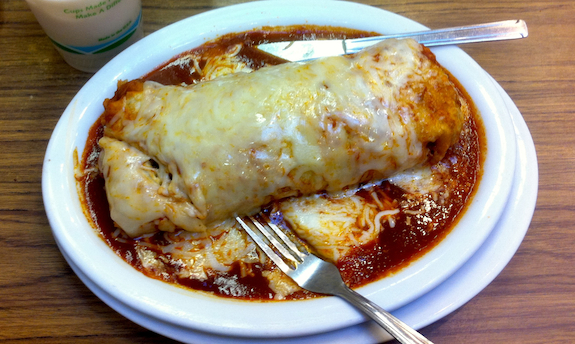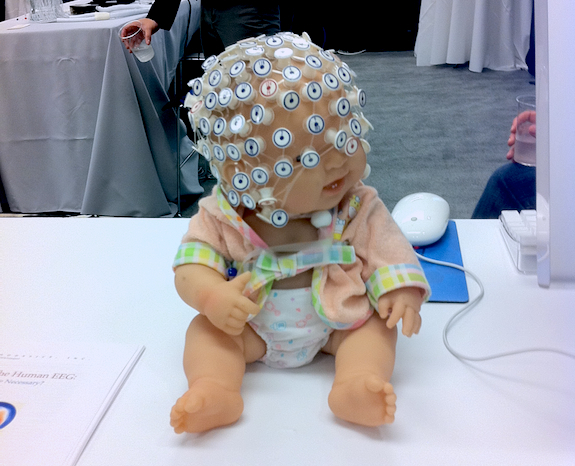As anyone unfortunate to have experienced with any frequency will tell you, anesthesia is a strange thing. One moment you’re in the operating room, chatting nervously with the people who will soon hold your life in their hands, and the next, you’re staring at the ceiling of the recovery room. It’s not like sleep, with it’s natural transition from one state to the next; it’s abrupt, and disorienting.
The Atlantic recently published long-form article roughly focusing on consciousness through the lens of anesthesia. While I wasn’t in love with how the article handled the discussion of awareness during surgery, overall it’s well written and touches on many of the key issues involved in trying to figure out this whole consciousness thing. Moreover, it reminded me of a talk given by Gilles Plourde at the Cognitive Sciences Summer Institute on the Evolution and Function of Consciousness, which I had the honor of attending last summer. Dr. Plourde (who I’m surprised wasn’t mentioned in the article) is an anesthesiologist with a tremendous moustache who has done some really interesting work using brain imaging and electrophysiology to try and figure out what exactly anesthetics do to disrupt consciousness (tl;dr, it’s probably got a lot to do with thalamocortical communication). All of the sessions during the Summer Institute were recorded and and put online, and I’ve embedded Dr. Plourde’s talk below (though I strongly encourage you to check out the full list).
Somewhat related, there have been a bunch interesting papers recently on how anesthetics influence functional connectivity in the brain:
Lewis, L. D., Weiner, V. S., Mukamel, E. A., Donoghue, J. A., Eskandar, E. N., Madsen, J. R., et al. (2012). Rapid fragmentation of neuronal networks at the onset of propofol-induced unconsciousness. Proceedings of the National Academy of Sciences of the United States of America, 109(49), E3377–86. doi:10.1073/pnas.1210907109
Heine, L., Soddu, A., Gómez, F., Vanhaudenhuyse, A., Tshibanda, L., Thonnard, M., et al. (2012). Resting state networks and consciousness: alterations of multiple resting state network connectivity in physiological, pharmacological, and pathological consciousness States. Frontiers in Psychology, 3, 295. doi:10.3389/fpsyg.2012.00295
Liang, Z., King, J., & Zhang, N. (2012). Intrinsic organization of the anesthetized brain. The Journal of Neuroscience, 32(30), 10183–10191. doi:10.1523/JNEUROSCI.1020-12.2012
Schröter, M. S., Spoormaker, V. I., Schorer, A., Wohlschläger, A., Czisch, M., Kochs, E. F., et al. (2012). Spatiotemporal Reconfiguration of Large-Scale Brain Functional Networks during Propofol-Induced Loss of Consciousness. The Journal of Neuroscience, 32(37), 12832–12840. doi:10.1523/JNEUROSCI.6046-11.2012





